Meet 15 of the most poached animals in 2025
Meet 15 of the most poached animals in 2025
Poaching is defined as the illegal hunting or live capture of wild animals that are not one’s own or are protected by law. This illegal trafficking and killing of wildlife involves large-scale, sophisticated networks—it isn’t just a few individuals hunting on their own.
Poaching doesn’t only involve hunting. It also involves trapping and catching live animals to bring them into the illegal wildlife trade, often as exotic pets.
There is also a difference between subsistence poaching and commercial poaching. Subsistence poaching is done by groups and individuals to fulfil their own nutritional needs, whereas commercial poaching is done for profit.
As many individuals and groups rely on poaching for income, food supply, or products for traditional medicine, this is a complicated issue.
IFAW is working to tackle the problem of poaching from all angles.
We’re supporting alternative, wildlife-friendly livelihood opportunities—like wildlife tourism—to combat poaching at its source. We’re supporting and training rangers, who work on the ground to stop poachers in their tracks, and we’re supporting the law enforcement officials who fight wildlife crime.
Alongside partners across the world, we’re helping to protect the animals on this list, and others whose populations have been dramatically impacted by poaching.
1. Antelopes
Antelopes live across Asia and Africa, and many species are hunted for their meat, horns, and skins. Their horns are used for traditional medicine, decorative objects, and aphrodisiacs, while their fur is used—as in the case of the Tibetan antelope (Pantholops hodgsonii, near threatened in 2025)—to make luxury fashion items, with three to four antelopes killed to make a single shawl.
Antelopes most affected by poaching include:
- Grant’s gazelles (Nanger granti, least concern in 2025), often hunted for their meat, hides, and horns
- Thomson’s gazelles (Eudorcas thomsonii, least concern in 2025), with their distinctive horns, often killed by trophy hunters as well as poachers
- Southern reedbucks (Redunca arundinum, least concern in 2025), often targeted because they move slowly and are a convenient size to be caught by hunting dogs
Impalas (Aepyceros melampus, least concern in 2025) are another frequently targeted antelope species. In 2023, South Africa National Parks reported 115 known impala deaths due to poachers’ snares between January and October. There were also 48 zebra deaths, 25 kudu deaths, and 23 nyala deaths.
2. Buffalo
In 2025, African buffalo (Syncerus caffer, near threatened) are still sadly poached for bushmeat. Poaching has led to a significant decline in their population in recent years, even within national parks. Wild water buffalo (Bubalus arnee, endangered) are also targeted by poachers for their meat in Southeast Asia, especially in Cambodia and Myanmar.
In 2023, South Africa National Parks reported that 135 buffalo died after being caught in poachers’ snares between January and October. This made up 35% of all reported poaching deaths in this period in South Africa.
3. Rhinos
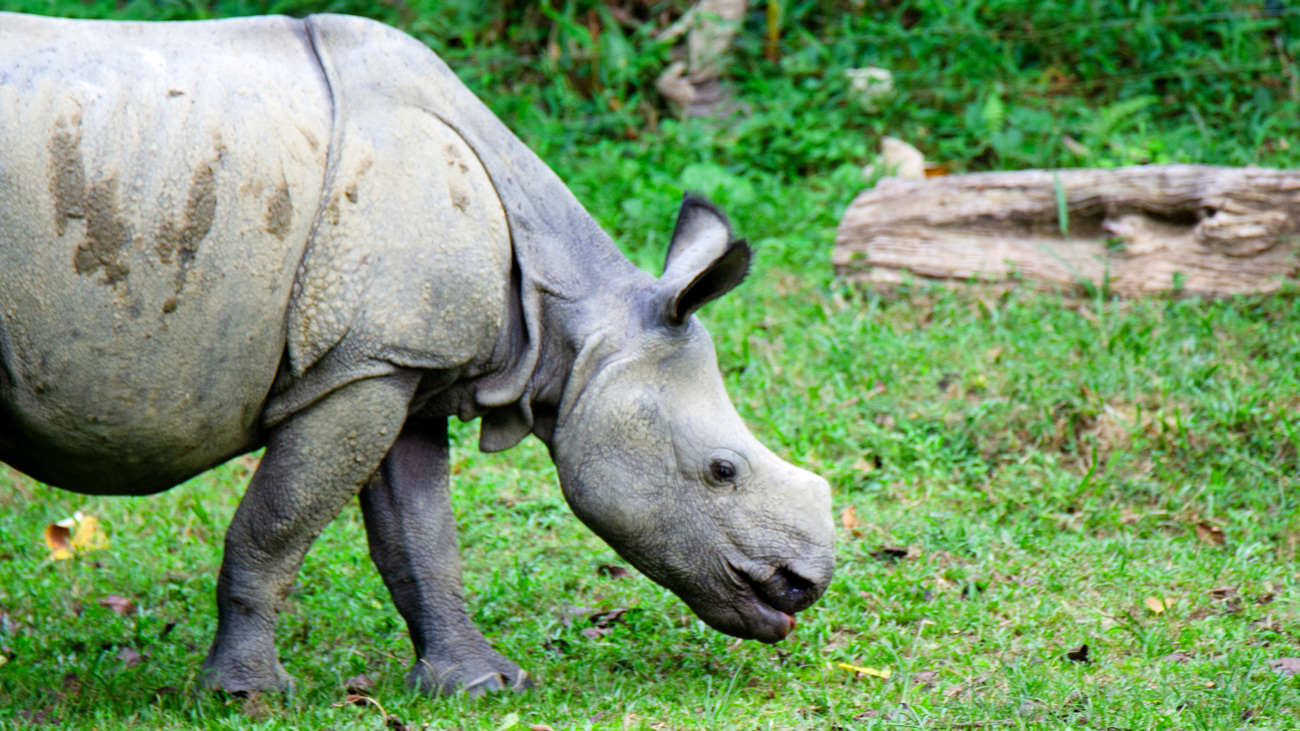
Rhino poaching is unfortunately on the rise—7,100 rhinos were poached in Africa over a recent 10-year period. Rhino horns are used in traditional medicine and as luxury items. However, no scientific evidence suggests that they have any medicinal value.
Because they can be very dangerous animals when faced on the ground, poachers fly in helicopters and target them with guns and tranquiliser darts from the sky. Then, with the rhino dead or sedated, they remove their horns with chainsaws—a process which takes only 10 minutes. Even if the rhino is not initially killed, sawing off their horns creates open wounds that are often lethal.
Global trade in rhino horn is banned under CITES (Convention on International Trade in Endangered Species of Fauna and Flora). But back in 2017, South Africa—which is home to 70% of the world’s rhinos—overturned the ban. It is currently legal for people to trade rhino horn within South Africa’s borders.
This has made South Africa a rhino poaching hotspot. Poachers killed more than 100 rhinos in South Africa in the first three months of 2025 alone.
Black rhinos (Diceros bicornis critically endangered) have been particularly impacted. Up to 96% of the black rhino population was wiped out from 1970 to 1990 due to poaching. In 2025, there are thought to be just 3,142 mature individuals left in the wild.
White rhinos (Ceratotherium simum, near threatened) have also been severely impacted by poaching. Southern white rhinos are doing a little better than their northern cousins. In 2025, there are just two northern white rhinos remaining. The pair is protected around the clock by guards.
Over in Asia, Indian rhinos (Rhinoceros unicornis, vulnerable) were poached to the point of being reduced to only about 200 individuals, though their numbers have since recovered to more than 2,000.
Javan rhinos (Rhinoceros sondaicus, critically endangered) are less fortunate. As of 2025, there are just 18 mature individuals left in the wild. Sumatran rhinos (Dicerorhinus sumatrensis, critically endangered in 2025) are also struggling, with just 30 mature individuals remaining.
4. Elephants
Elephant poaching remains a huge problem for elephant populations. The largest land mammal on Earth has long been targeted for its tusks, which are made of ivory. Though the ivory trade is banned in many countries, it is still legal in places such as Vietnam, Myanmar, Laos, and Thailand.
Despite bans, poaching of African elephants rose in the early 2000s and peaked in 2010—though since then, it has been on a slow decline. Still, a staggering 90% of African elephants have been killed by poachers over the last 100 years.
Poaching is currently the number one cause of death for African forest elephants (Loxodonta cyclotis, critically endangered in 2025). It’s also a significant cause of population decline for African savannah elephants (Loxodonta africana, endangered), though habitat loss has overtaken poaching as their biggest threat.
Poaching is not only causing population decline but also affecting the evolution of the species. Elephants without tusks are now more likely to survive, reproduce, and pass on their genetics, which means elephants are evolving to not have tusks. Tusks are essential for digging for water, lifting objects, gathering food, stripping bark from trees, and defence. Tuskless elephants experience serious disadvantages to their survival.
Though they aren’t as often targeted, Asian elephants (Elephas maximus, endangered in 2025) are victims of poaching too, and the population is decreasing. Trade of both Indian elephants and Borneo elephants’ tusks, skin, and other body parts has increased in Southeast Asia in recent years.
IFAW is dedicated to protecting elephants from poaching by supporting rangers, mitigating human-wildlife conflict, and providing alternative livelihood opportunities.
5. African grey parrots
African grey parrots (Psittacus erithacus, endangered) are one of the most endangered birds in the world.
As they are high in demand in the exotic pet trade, African grey parrots are frequent targets of poaching. Since 1975, over 1.3 million of these birds have entered international trade. Unfortunately, 30% to 66% of grey parrots captured from the wild die in the process, so the total number impacted is likely much higher.
African greys are almost extinct in Ghana, which has lost 90 to 99% of its grey parrot population due to illegal trade. Their total wild population is declining by up to 21% each year.
In 2022, IFAW supported an investigation into an illegal wildlife trafficking operation, from which 119 African grey parrots were rescued. In 2016, IFAW advocated for African grey parrots to be uplisted to Appendix I of CITES to receive the highest level of protection, which was ultimately successful. We also engage with communities in demand reduction efforts to stop poaching at its source, and we work with tech companies to take down online listings of illegal wildlife.
6. Apes
Apes—including bonobos (Pan paniscus, endangered), orangutans (critically endangered), chimpanzees (Pan troglodytes, endangered), gorillas (critically endangered), and gibbons (many species are endangered or critically endangered)—are often hunted for bushmeat.
While bushmeat once provided necessary food to local communities, it is now a massive commercial market, especially for consumers in Asia, who view bushmeat as a luxury product. This has increased the demand for bushmeat in Asia and Africa, where apes are found. More than five million tonnes of bushmeat are exported from the Congo Basin each year.
Though many local communities have taboos against hunting apes like bonobos, poachers from other areas travel to the Congo Basin to hunt them, and in 2025, population numbers are still declining.
Orangutans are also sometimes killed for bushmeat, their skulls, and bones. Baby orangutans, in particular, are targeted by the primate pet trade. This illegal trade also impacts gibbons and chimpanzees.
The IFAW-supported Centre for Orangutan Protection in Indonesia rehabilitates orangutans rescued from trade. In 2023, IFAW’s partners Jakarta Animal Aid Network and Wildlife Trust of India rescued a ten-month-old male orangutan from traffickers. We also support the rescue and rehabilitation of bonobos at Friends of Bonobos in the Democratic Republic of the Congo, and we’ve supported the Ngamba Island Chimpanzee Sanctuary, which rehabilitates chimps rescued by the Uganda Wildlife Authority.
7. Lions
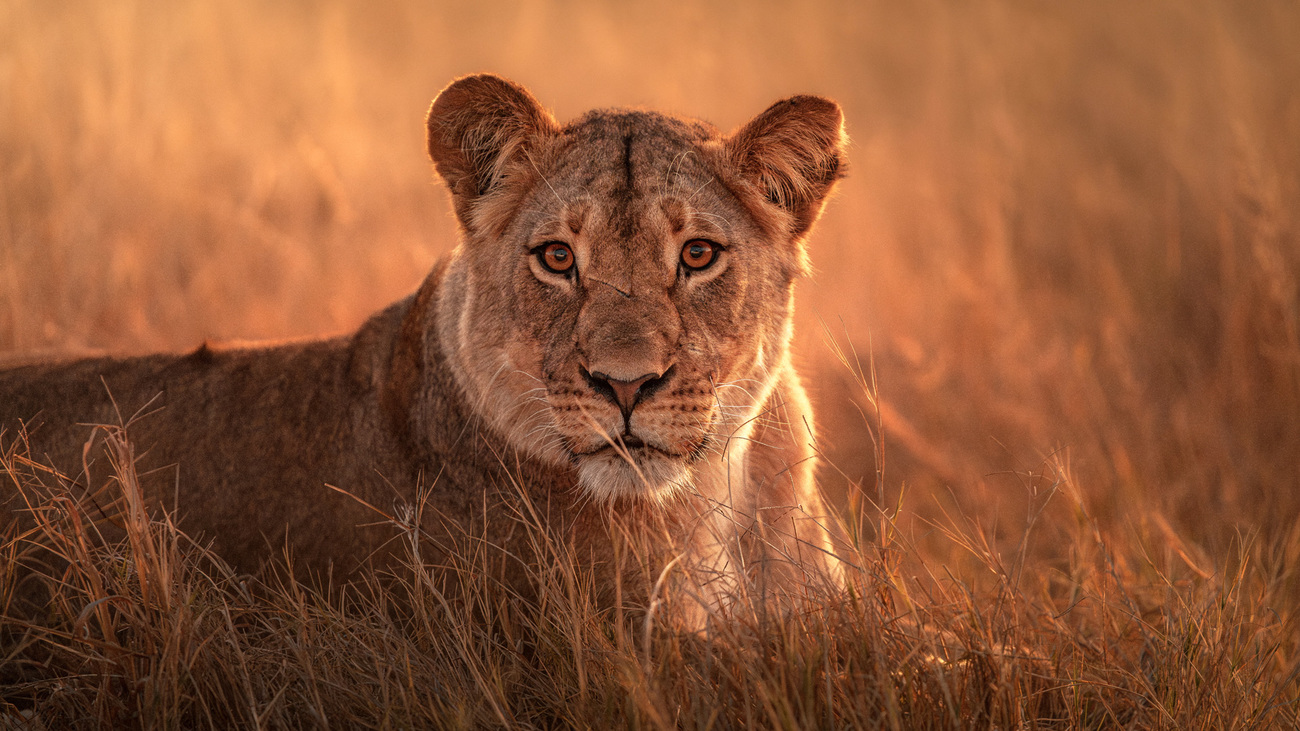
Lions (Panthera leo, vulnerable in 2025) are illegally hunted by poachers for their body parts, including their bones, teeth, and claws, all of which are highly valued in traditional medicine and the illegal wildlife trade. Often, when they are poached, it is done using snares, which are extremely inhumane.
Ecotourism is valuable in protecting lions from poaching. Most countries in Africa where lions live have developed infrastructure to support wildlife tourism, which enables them to bring in significant revenue—an alternative to poaching. Outside of these protected areas, though, lions are often victims of retaliatory killings, because they prey on livestock and pose significant threats to the livelihoods of farmers.
IFAW supported the training of volunteers in Uganda who work to prevent lion poaching. We’ve also worked with conservation organizations to protect the Ishasha lions of Queen Elizabeth National Park.
8. Peccaries
Peccaries, also known as javelinas, are members of the New World pig family and are found in North and South America.
The Chacoan peccary (Catagonus wagneri, endangered) is hunted throughout its range for its hides and meat, despite being listed on Appendix I of CITES, hunting of wildlife being strictly prohibited in Paraguay, and the species receiving trade protection in Argentina.
Poaching of the collared peccary (Pecari tajacu, least concern) is also a common occurrence. Poaching could pose a threat to its survival if it persists. There is a lack of enforcement of protections in many areas, leading to overhunting.
9. Poison dart frogs
Because of the demand for these species in the exotic pet trade, poison dart frogs are frequent victims of poaching and wildlife trafficking. Despite many poison dart frogs being bred in captivity, there is still a thriving trade in South America, even though local governments have tried to intervene. This illegal trade has pushed some species to the brink of extinction.
In 2025, Lehmann’s poison frog (Oophaga lehmanni, critically endangered) is one of the most at risk from the pet trade.
10. Helmeted curassows
Helmeted curassows (Pauxi pauxi, vulnerable) are large birds found in Venezuela and Colombia. They are hunted for food and traditional jewellery; their skulls and eggs are sometimes kept as hunting trophies. The large casque on its forehead—its ‘helmet’—is used to make aphrodisiacs.
Hunting of helmeted curassows occurs even in well-established protected areas. The species is listed under CITES Appendix III in Colombia, which means that the export of helmeted curassows is still allowed but requires proper permits.
11. Leatherback turtles
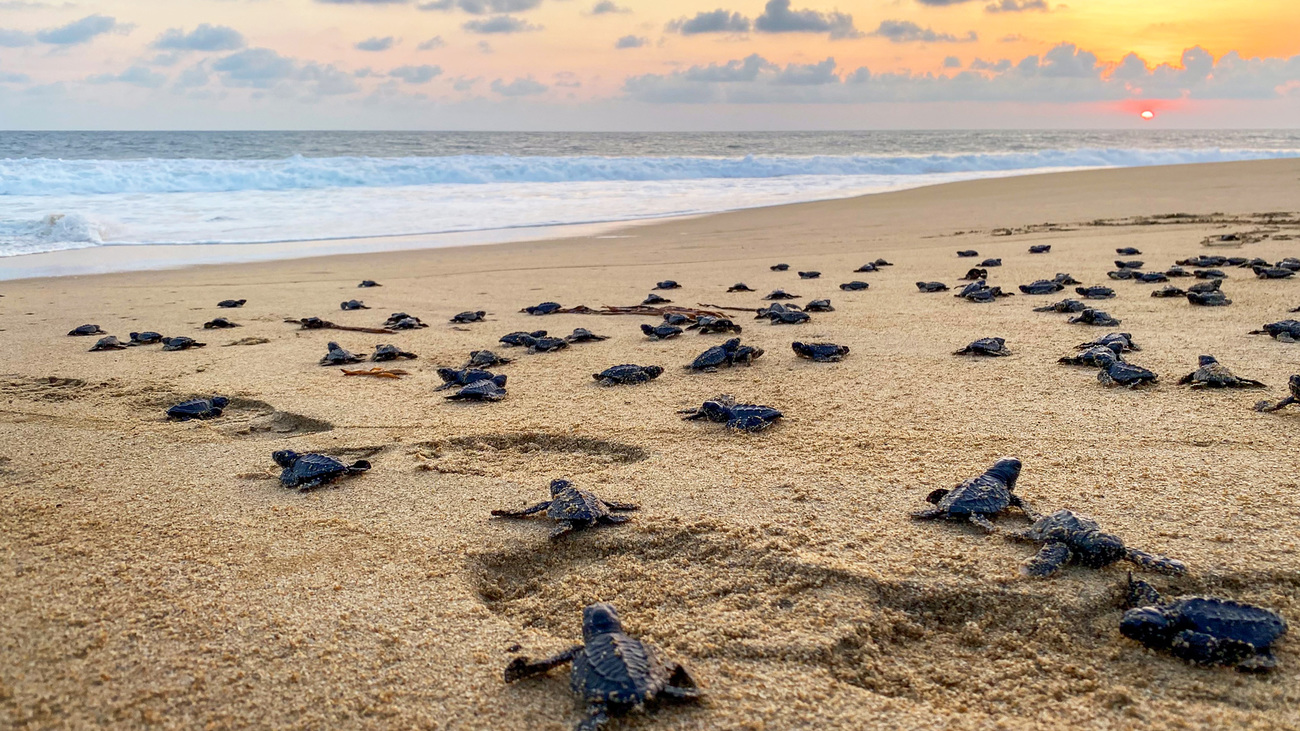
Historically, leatherback turtles (Dermochelys coriacea, vulnerable) were targeted for their meat and eggs. Today, this practice continues illegally, particularly in Southeast Asia, despite being listed under Appendix I of CITES—meaning commercial trade of leatherbacks is entirely prohibited.
Leatherback turtle eggs are frequently stolen throughout coastal communities. This is one of the biggest threats to leatherback turtles’ survival, as not enough turtles are born to replace those that are lost. Nesting females are sometimes targeted for their meat.
12. Tigers
Tigers (Panthera tigris, endangered)—including Sumatran tigers and continental tigers—are poached for their skin, bones, teeth, and meat, which are traded at high values.
Tiger bones are used to make a luxury tea believed to impart the characteristics of the tiger to the people who drink it, while tiger whiskers are thought to cure toothaches. Tiger bone glue is similarly thought to have medicinal powers, touted as a treatment for osteoarthritis and as a painkiller. This is despite a lack of medical evidence to support these claims.
In 2024, there were 26 documented cases of tiger poaching. In 2023, there were 56 cases, and in 2022, there were 39 cases. However, many more tigers were likely poached during this period, as many tigers are found dead without sufficient proof of poaching.
IFAW has worked with Wildlife Trust of India to strengthen the enforcement of protections for tigers by conducting snare walks, supporting rangers, and providing legal and enforcement support.
13. Pangolins
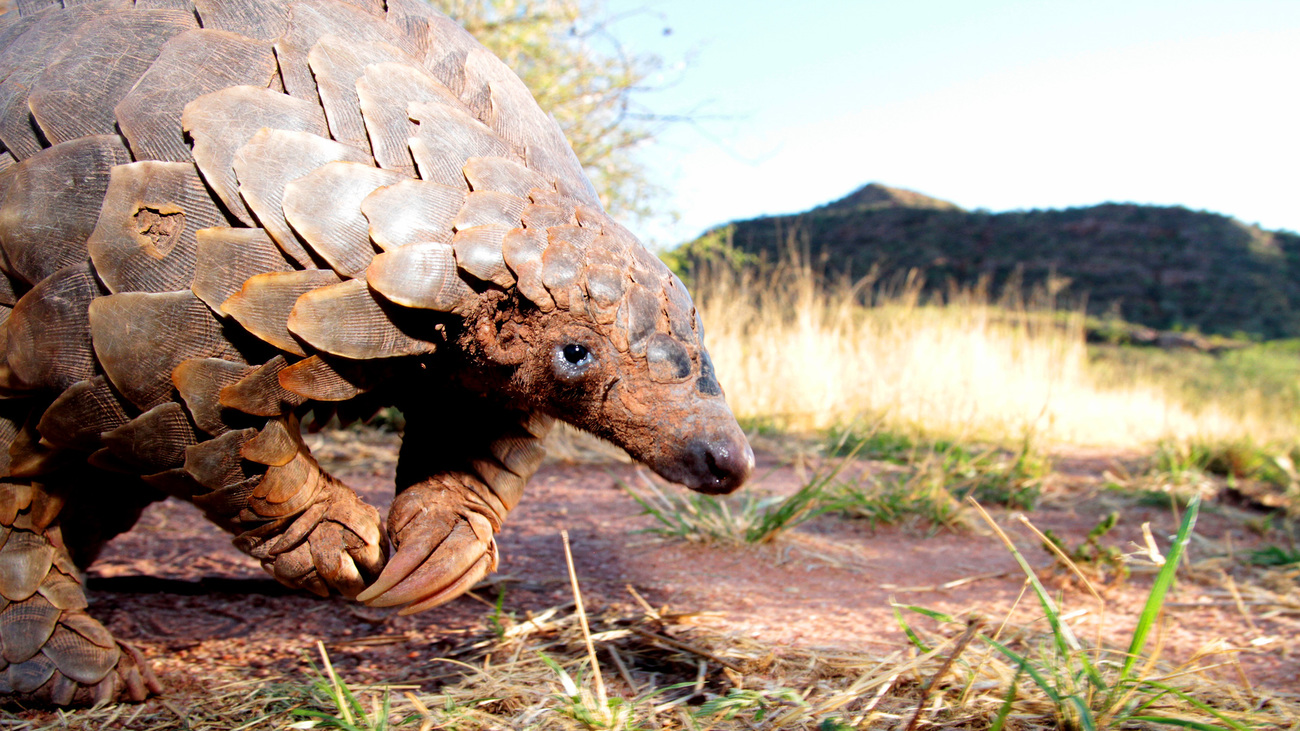
All pangolin species are included in CITES Appendix I, and new regulations have recently been introduced in China regarding the trade of pangolins, but they are still one of the most widely trafficked animals in the world.
Though there isn’t any scientific evidence to support their usage in medicine, pangolin scales are believed to have medicinal properties. Their meat is also consumed in some of their native countries. In the US, there is demand for pangolin skin for leather items like boots, belts, and bags. Every pangolin species is either vulnerable, endangered, or critically endangered.
Though the trade in pangolin skin in the US has reportedly declined since 2000, this is not necessarily good news for all other animals. Pangolin leather is now being replaced in many products with the skin of arapaima fish, which are native to the Amazon. A 2019 study found leather products made from both pangolins and arapaima on eBay, and 75% of such listings were in breach of eBay policy—and possibly illegal.
IFAW has been fighting for over a decade to get pangolins the protection they need. In 2025, we’re pushing for lawmakers to finally recognise all pangolin species under the Endangered Species Act (ESA), which will reinforce the international trade ban on live pangolins and their body parts.
14. Glass frogs
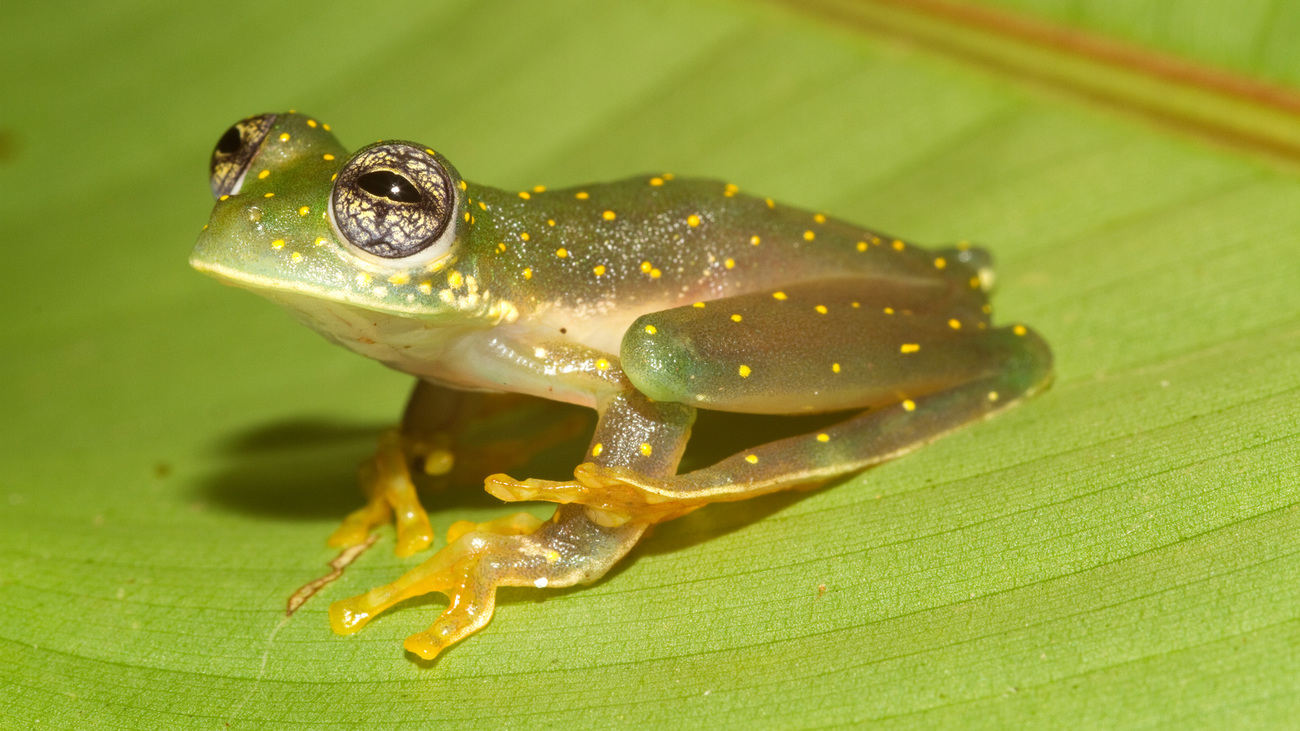
Glass frogs were one of the most endangered animals in South America in 2025. Half of all glass frog species are endangered or vulnerable, with many taken from the wild for the exotic pet trade.
They’ve been found hidden in shipments moving from Central America to Europe, and according to trade data and a collection of online advertisements, more than nine species of glass frogs are currently traded internationally. From 2016 to 2021, imports of glass frogs to the US increased by a whopping 44,000%.
In 2022, glass frogs received CITES Appendix II protections. IFAW advocated for this decision among all voting member parties of CITES to ensure a final vote in the right direction.
15. Serval cats
The Serval cat (Leptailurus serval, least concern) is another species at risk from poaching in 2025, despite hunting regulations for the species across their range under CITES. This medium-sized wild cat, with a coat similar to a leopard or a cheetah, is found in sub-Saharan Africa.
Serval cats are poached for their fur, skin, and bones, and for the exotic pet trade. Their pelts are used for ceremonial purposes, while their body parts are used in traditional medicine. Still today, these animals are traded in large quantities within Africa and frequently trafficked to Europe.
Related content
Every problem has a solution, every solution needs support.
The problems we face are urgent, complicated and resistant to change. Real solutions demand creativity, hard work and involvement from people like you.